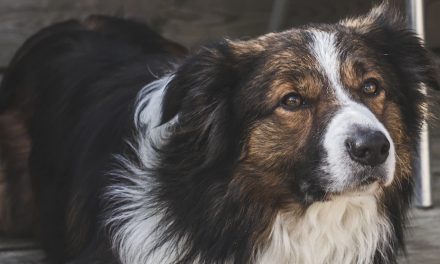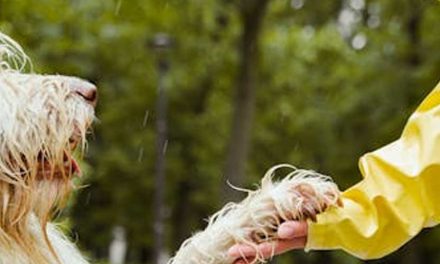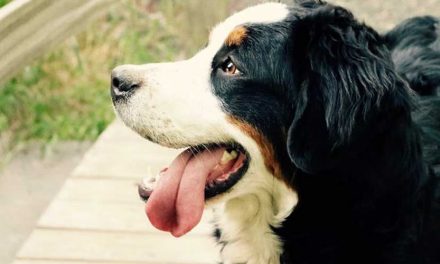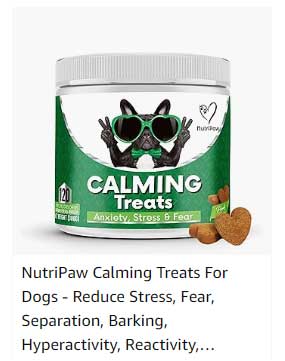Dogs, much like humans, can experience anxiety that affects their overall well-being and behavior.
From thunderstorms to separation anxiety, various triggers can unsettle our furry friends.
Creating a safe space for your anxious dog is crucial for helping them feel secure and relaxed.
Here’s how you can set up a comforting environment that caters specifically to their needs.
1. Choose the Right Location
Finding the perfect spot for your dog’s safe space is the first step.
Look for a quiet, low-traffic area in your home.
This could be a corner of a room, a cozy nook, or even a designated room.
The space should be away from loud noises and daily activities that could cause additional stress.
If you have more than one dog, consider giving anxious dogs their own area to retreat to.
2. Make It Comfortable
Comfort is key in creating a safe space. Start with a soft bed or blanket that your dog loves.
You can even introduce their favorite toys or a piece of your clothing to provide a sense of security and familiarity.
A calming bed or crate can also work wonders, as they give dogs a sense of den-like security.
3. Add Calming Elements
Incorporating calming elements can help soothe your dog’s anxiety.
You might consider playing soft classical music or white noise, which can drown out distressing sounds from outside.
Additionally, using an essential oil diffuser with dog-safe scents like lavender can promote relaxation, but make sure to research which scents are safe for dogs before using them.
4. Use Positive Reinforcement
Encourage your dog to utilize their safe space by using treats and positive reinforcement.
You can do this by leading them to the space and rewarding them when they settle down.
Over time, they will associate this area with comfort and safety, reinforcing the idea that it is a welcoming retreat during stressful times.
5. Establish Boundaries
Ensure that the safe space is respected by other household members and pets.
This may mean establishing a “no disturbances” rule, so your dog can enjoy their peace without unexpected interruptions.
If your dog is in a crate, make sure it’s a safe and inviting area that they can enter and exit as they please.
6. Monitor and Adjust
Every dog is unique, and what works for one may not work for another.
Spend time observing your dog in their safe space and be willing to make adjustments as needed.
This could mean changing locations, adding different comfort items, or adjusting the ambiance until you find what best helps your dog feel at ease.
7. Gradual Exposure
If your dog is naturally skittish or fearful, gradually exposing them to the stimuli that trigger anxiety can be beneficial, always in conjunction with their safe space.
For instance, during a storm, have them retreat to their safe spot with soothing items nearby while you comfort them.
Gradual exposure reinforces that they have a safe place to escape to when feeling anxious.
8. Consult a Professional
If your dog’s anxiety is severe or you’re unsure how to help them, consulting a veterinarian or an animal behaviorist can provide personalized guidance.
They may recommend behavioral training, medication, or specialized therapy that can contribute to your dog’s mental well-being.
Conclusion
Creating a safe space for your anxious dog is an essential step in helping them manage their fear and anxiety.
By providing a comfortable, secure area and fostering positive associations, you can help your dog feel safe and supported.
With patience and love, you’ll help your furry friend navigate their anxieties, contributing to a happier and more fulfilled life.
Remember, your dog looks to you for guidance and reassurance, so be their source of comfort and safety.









